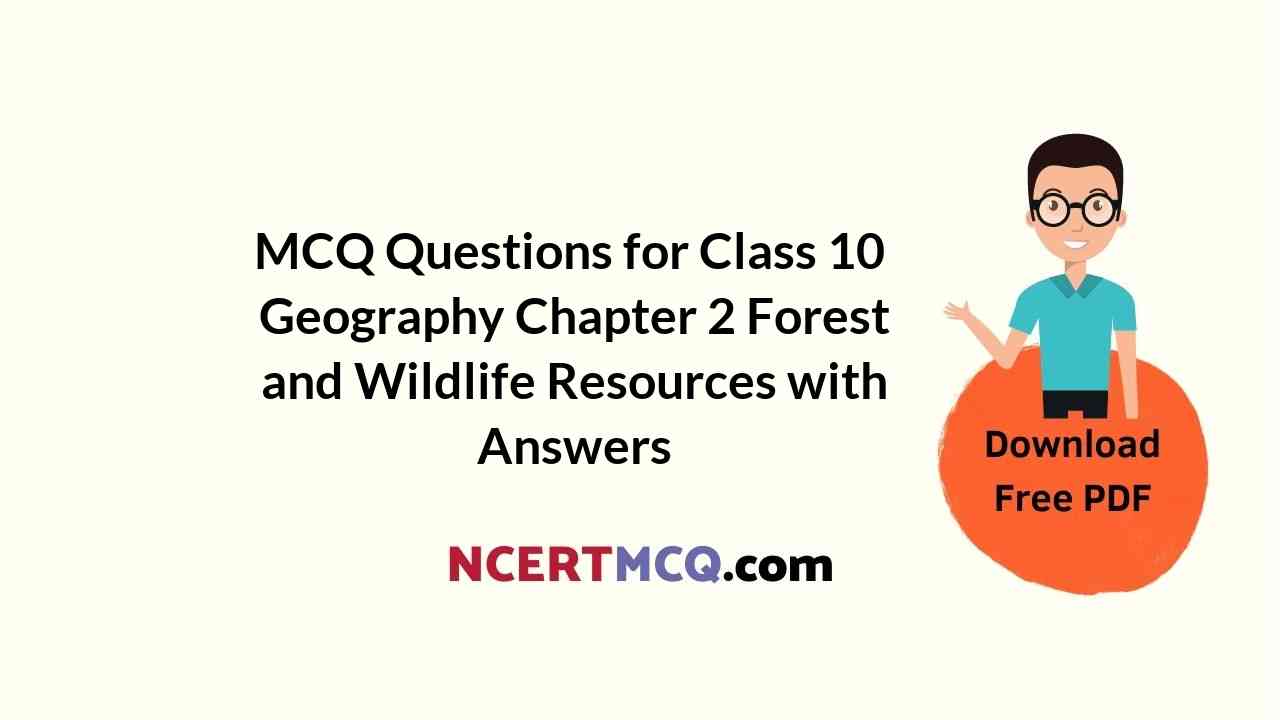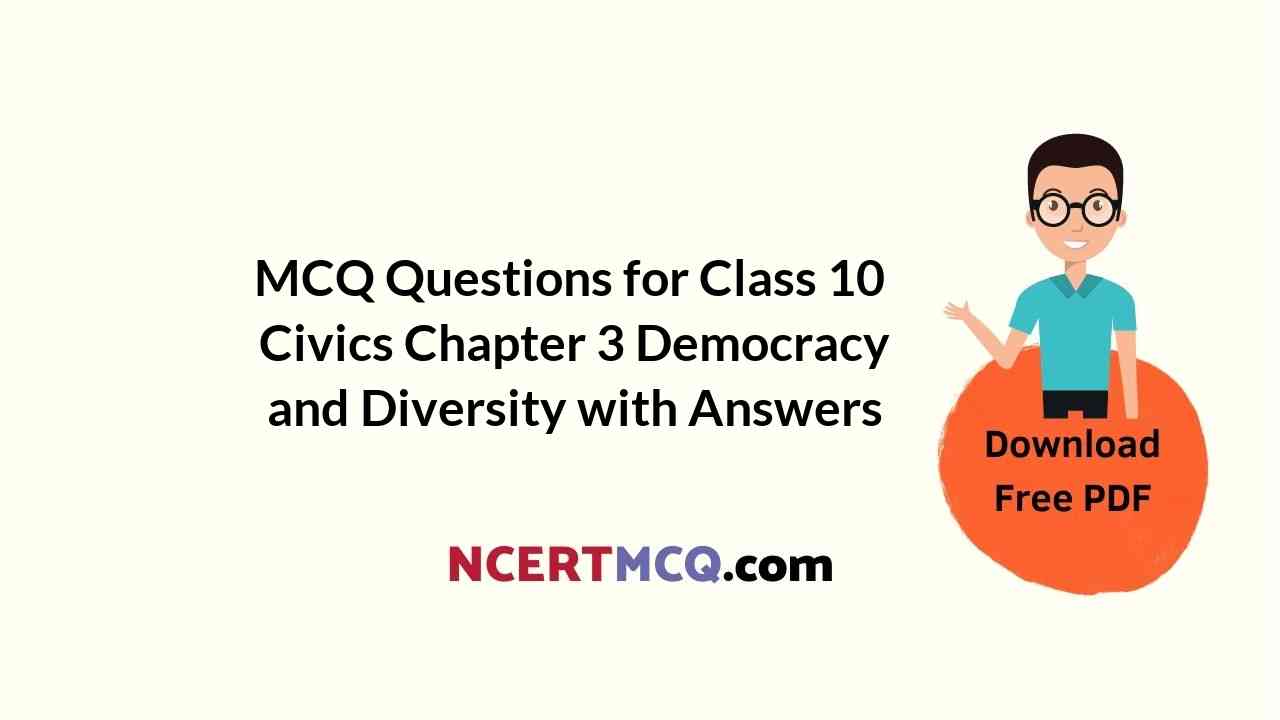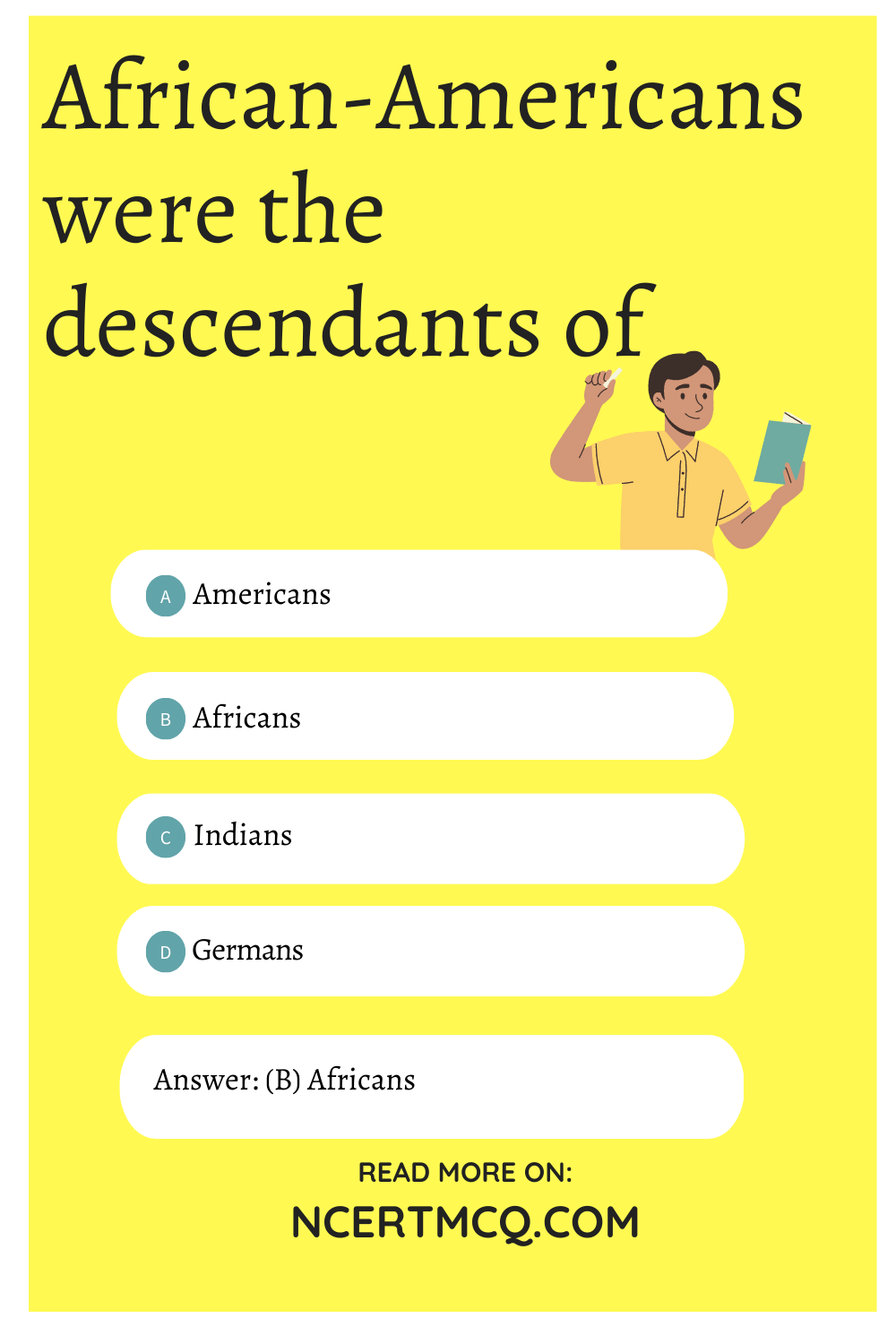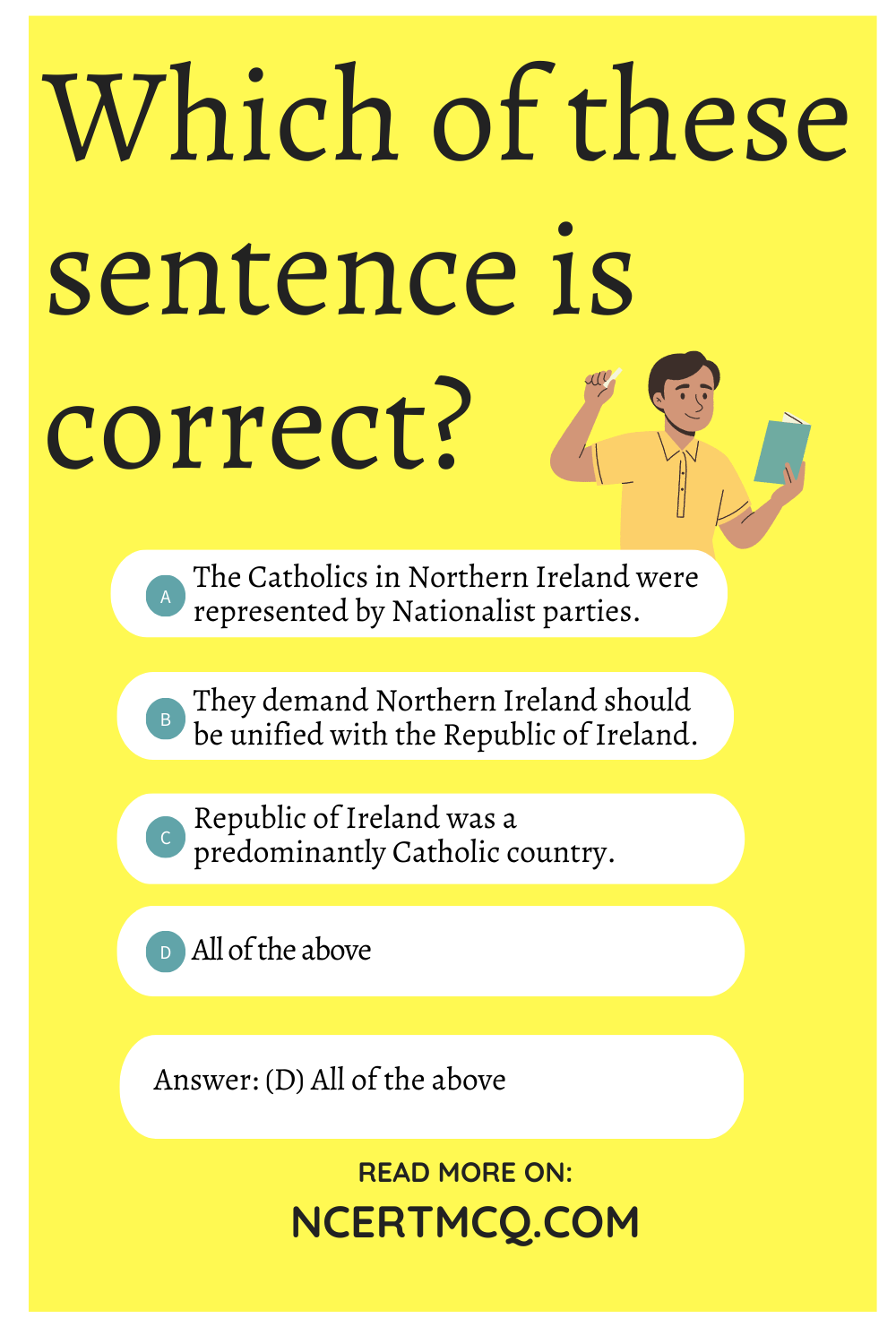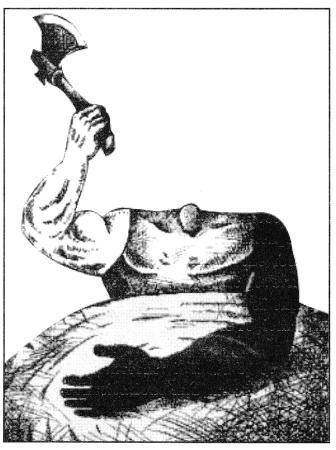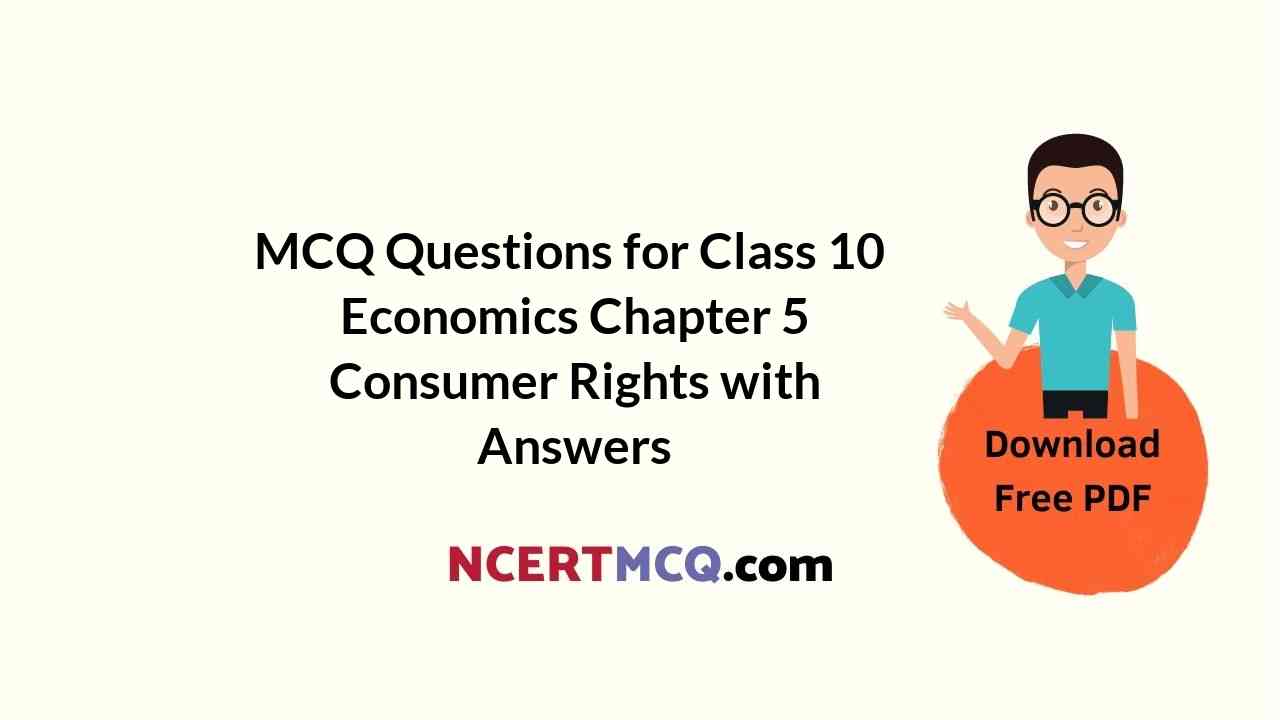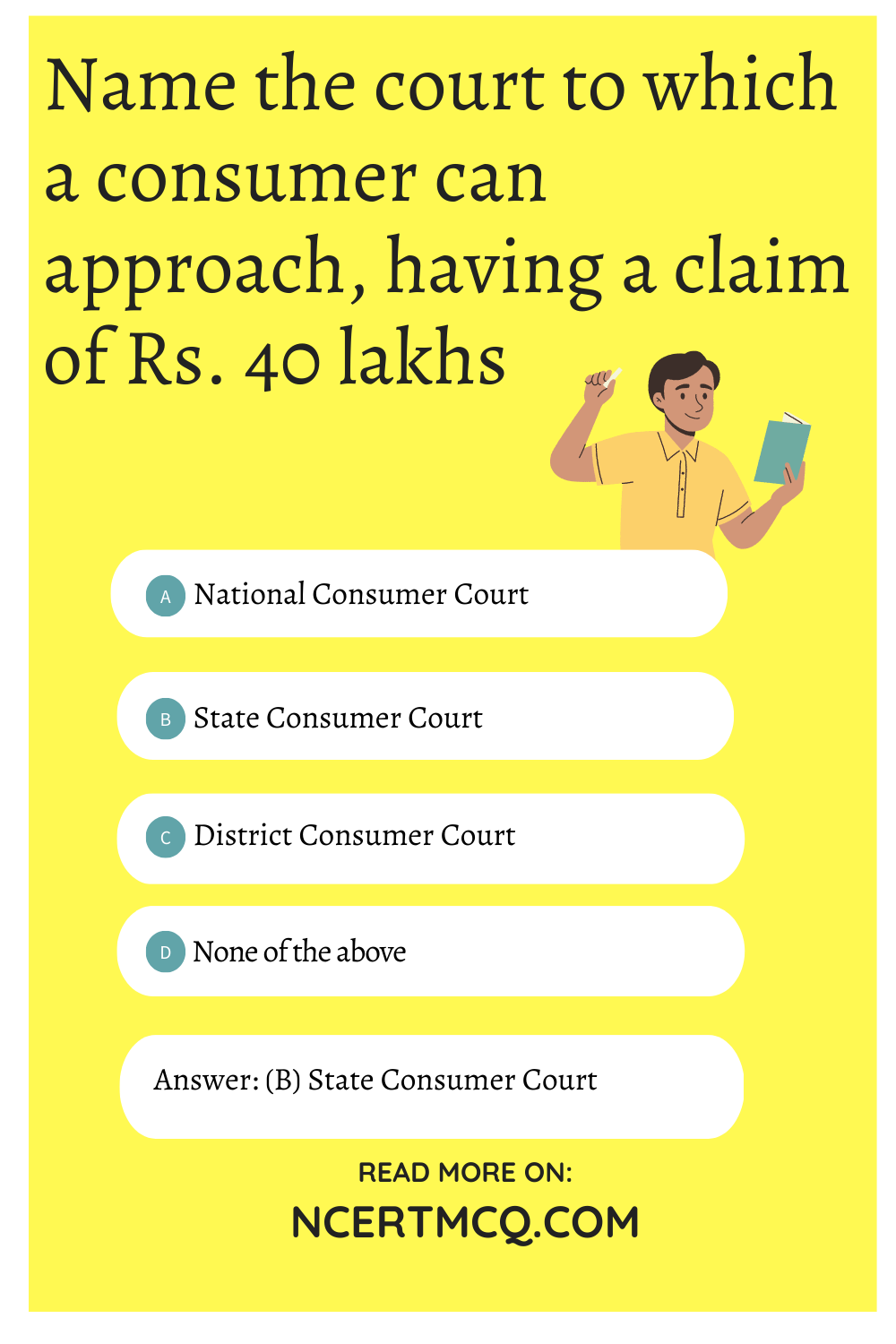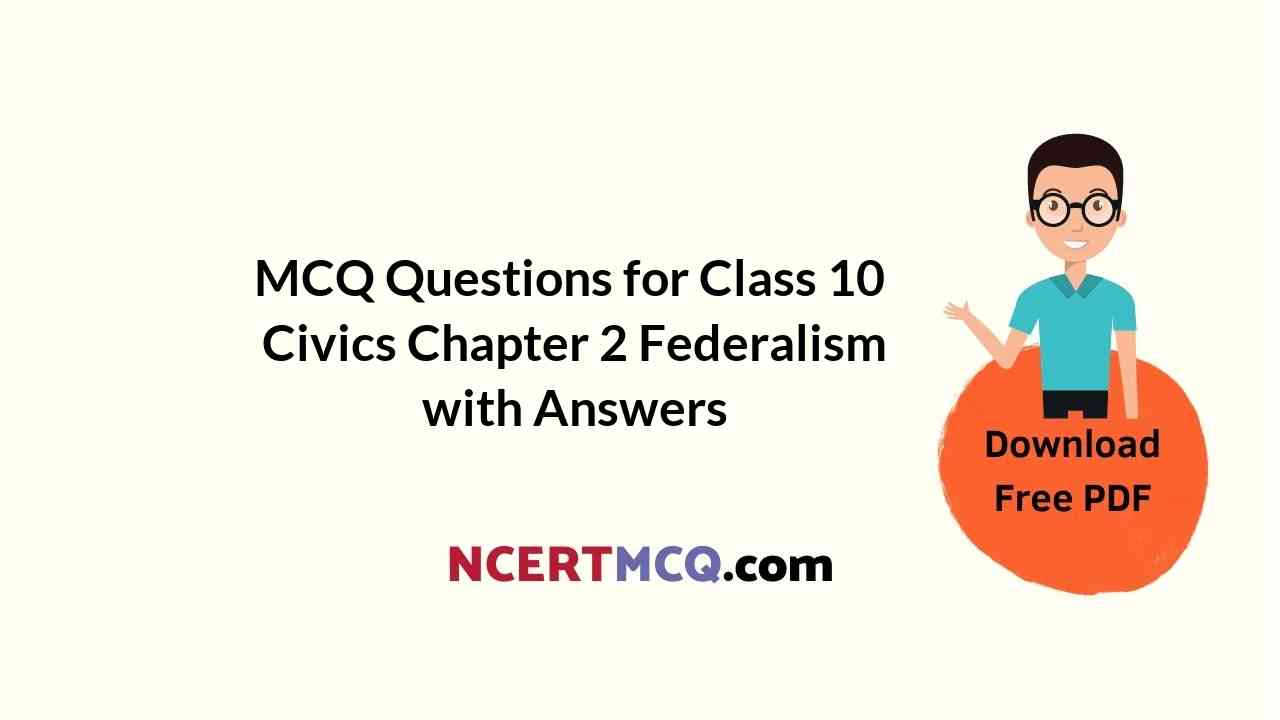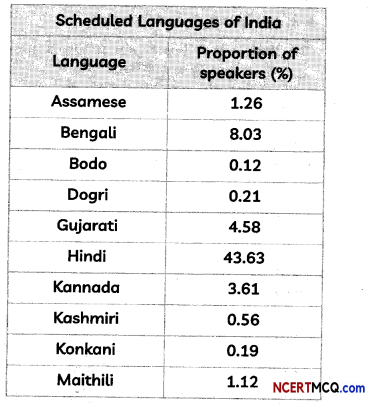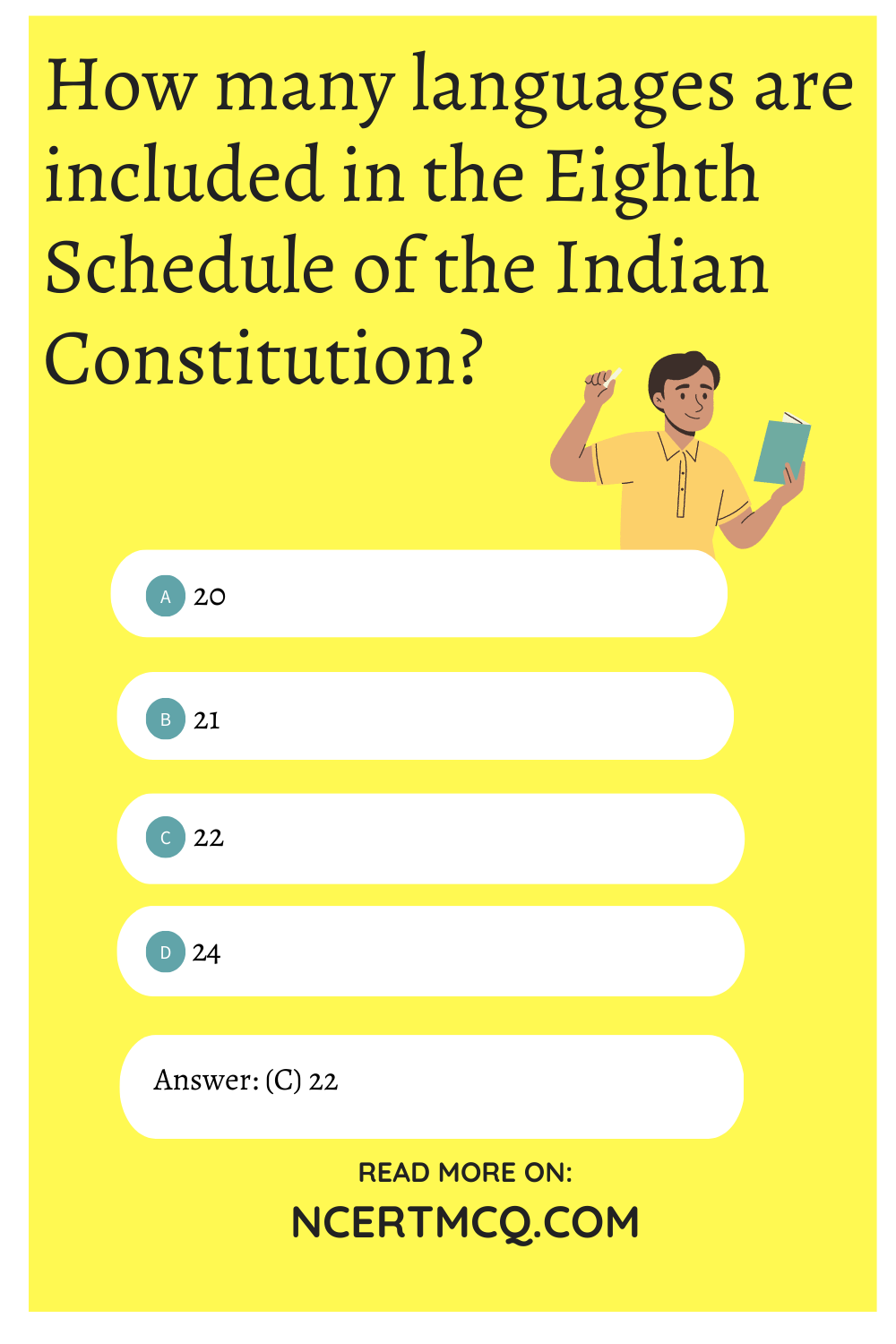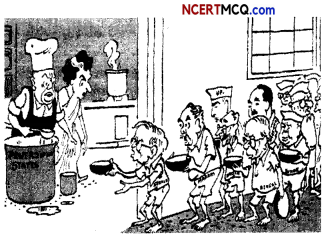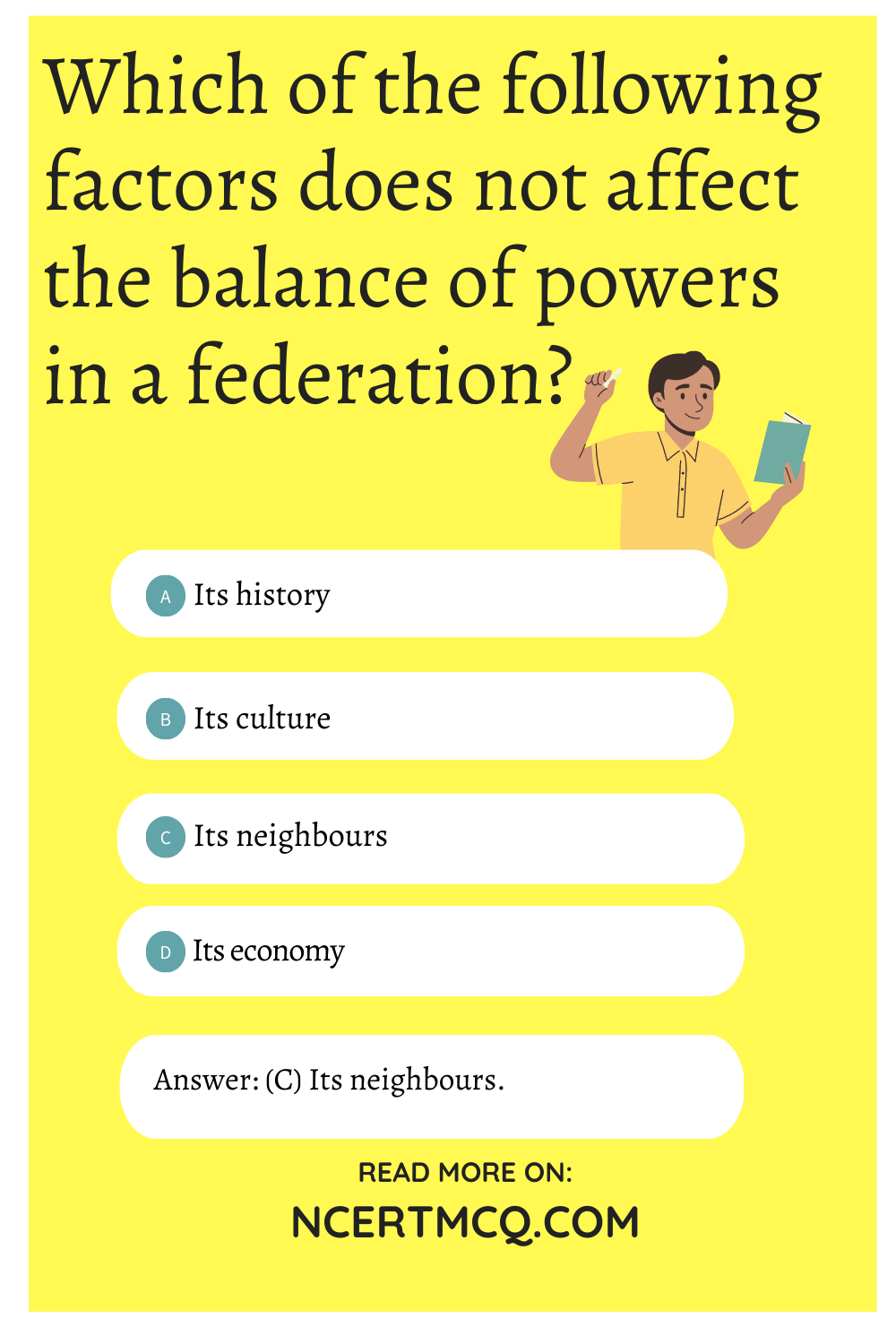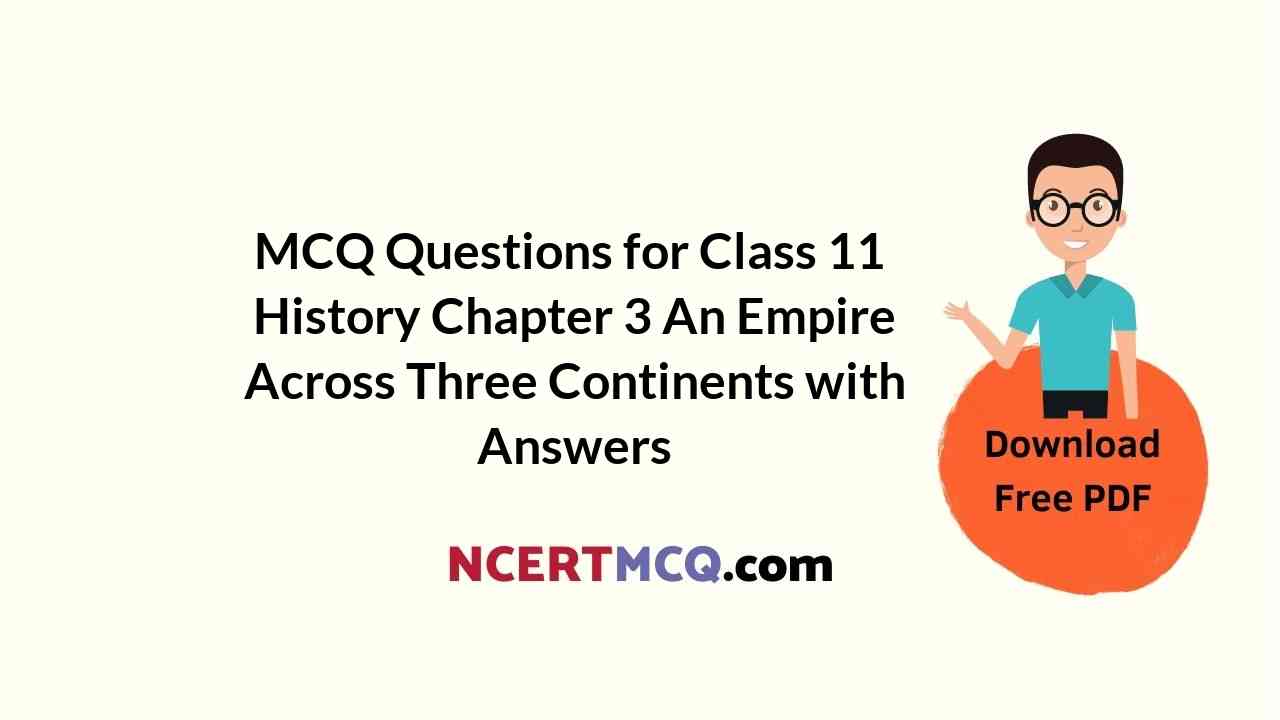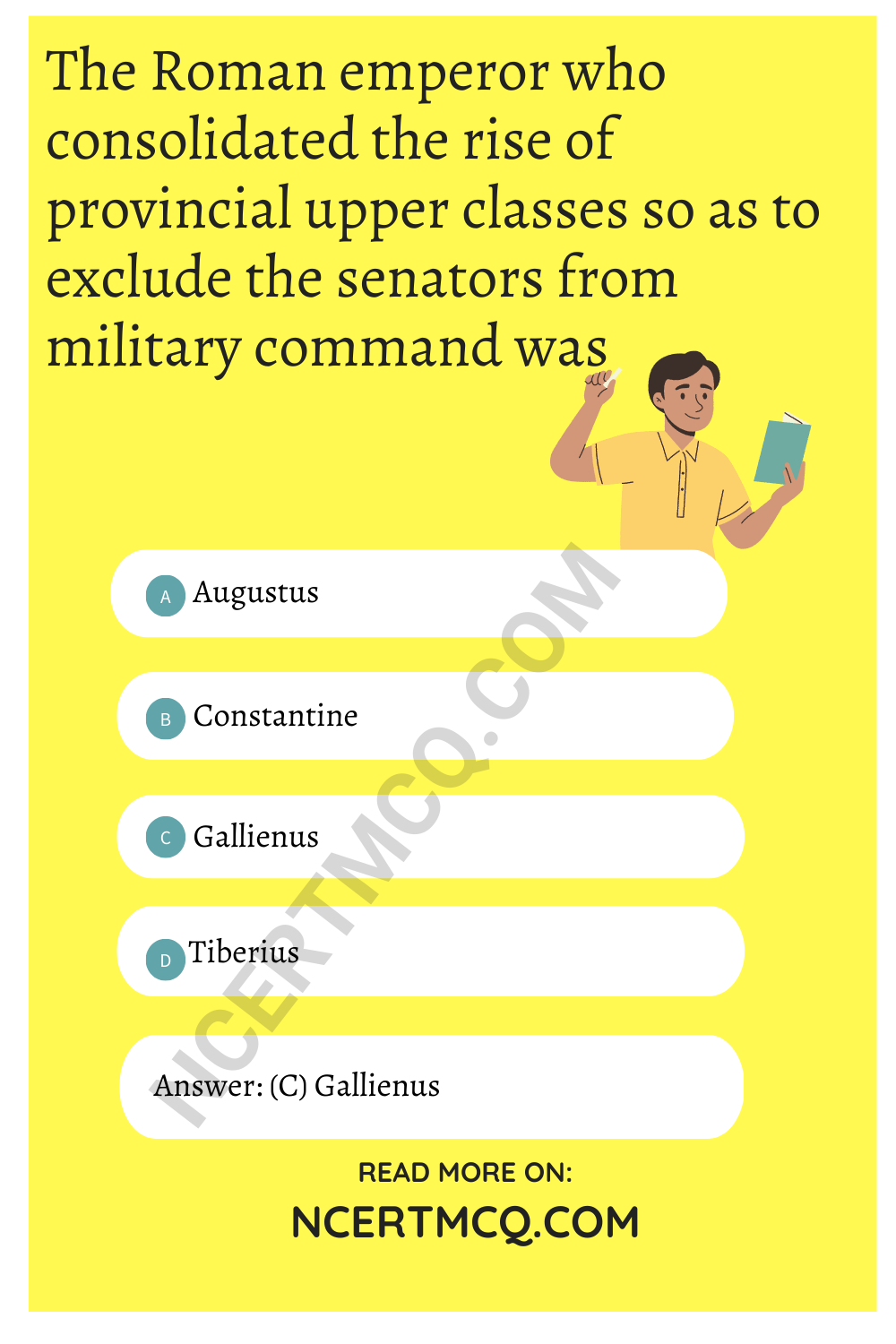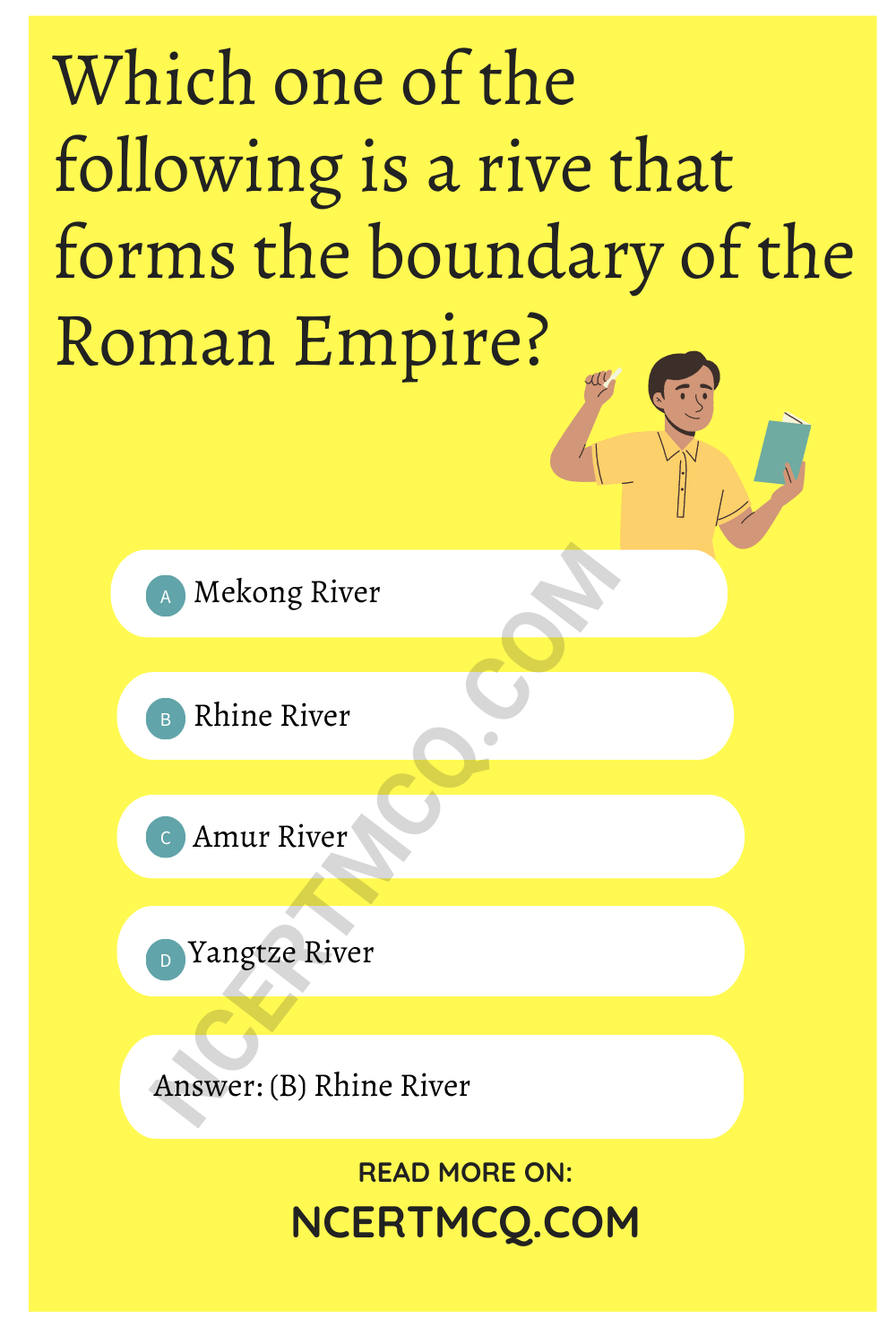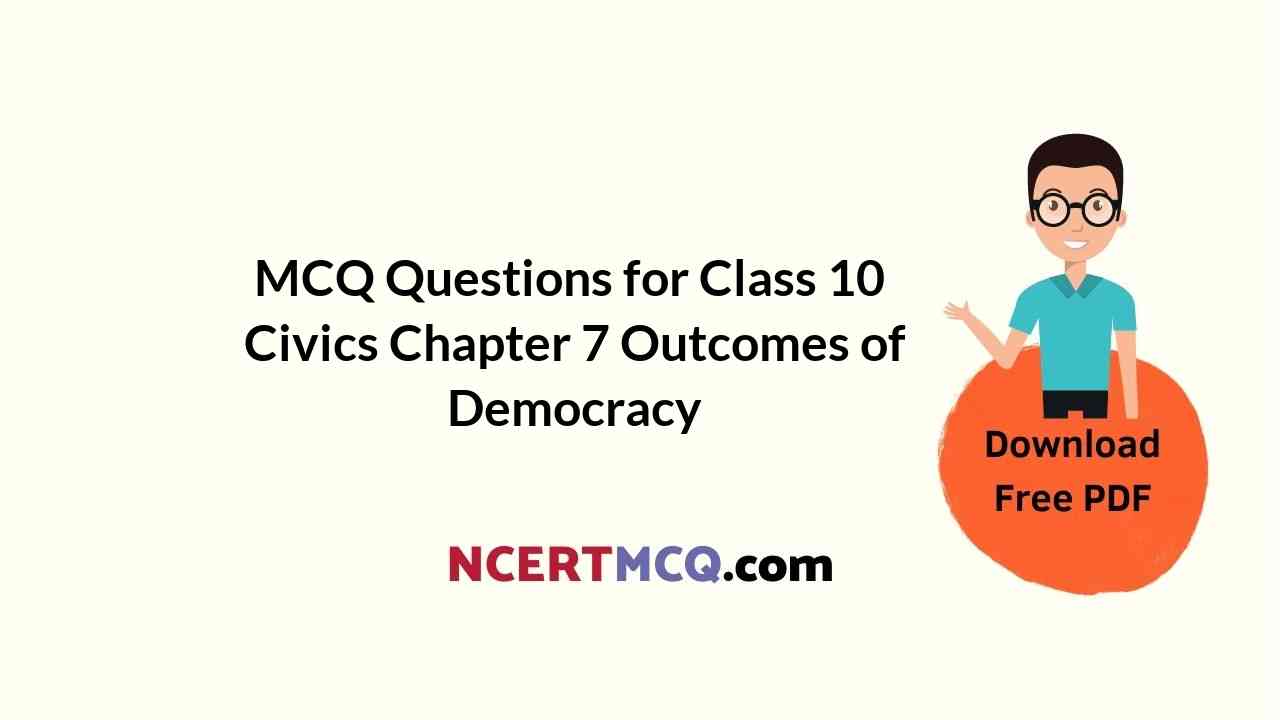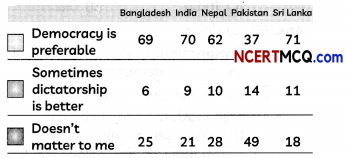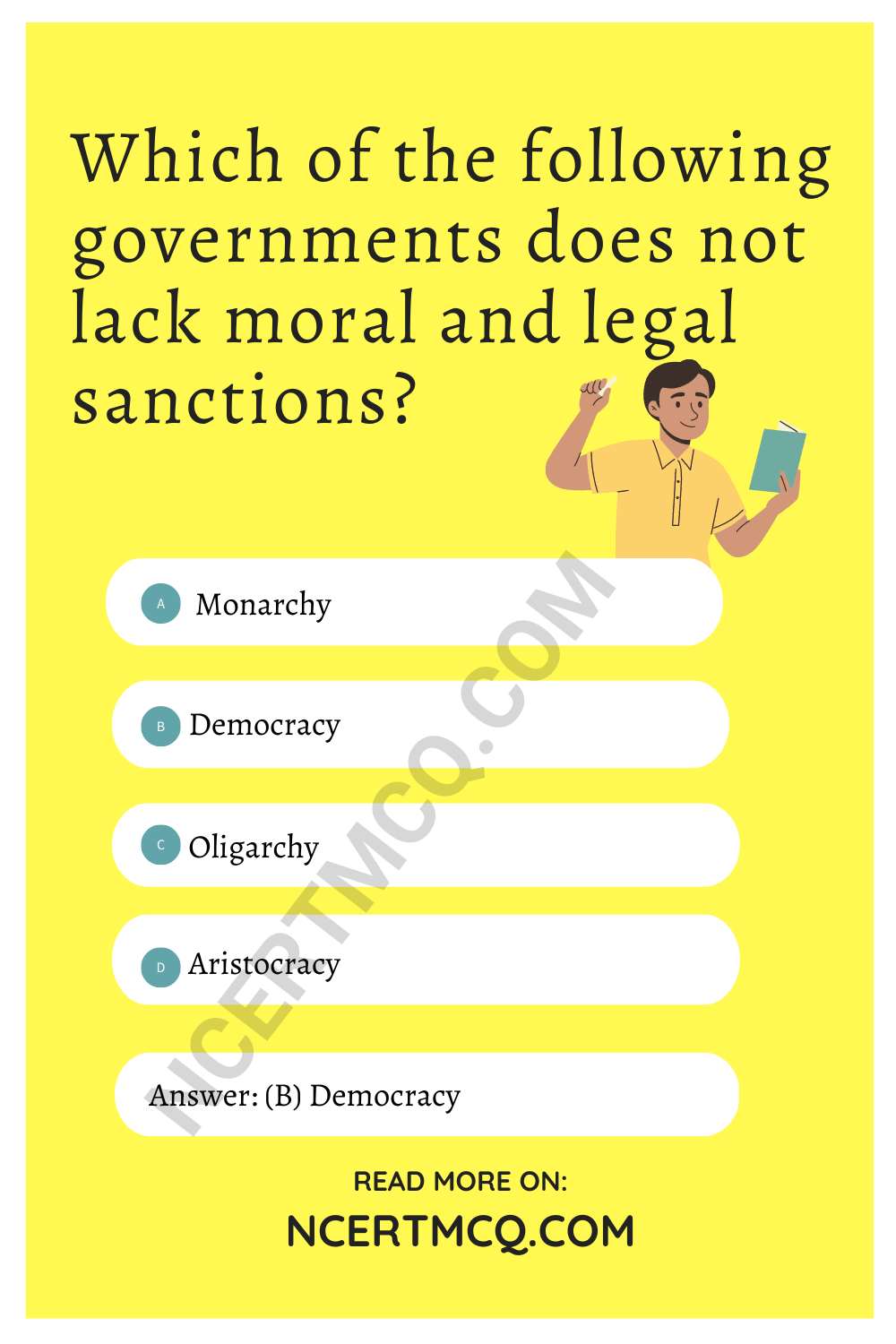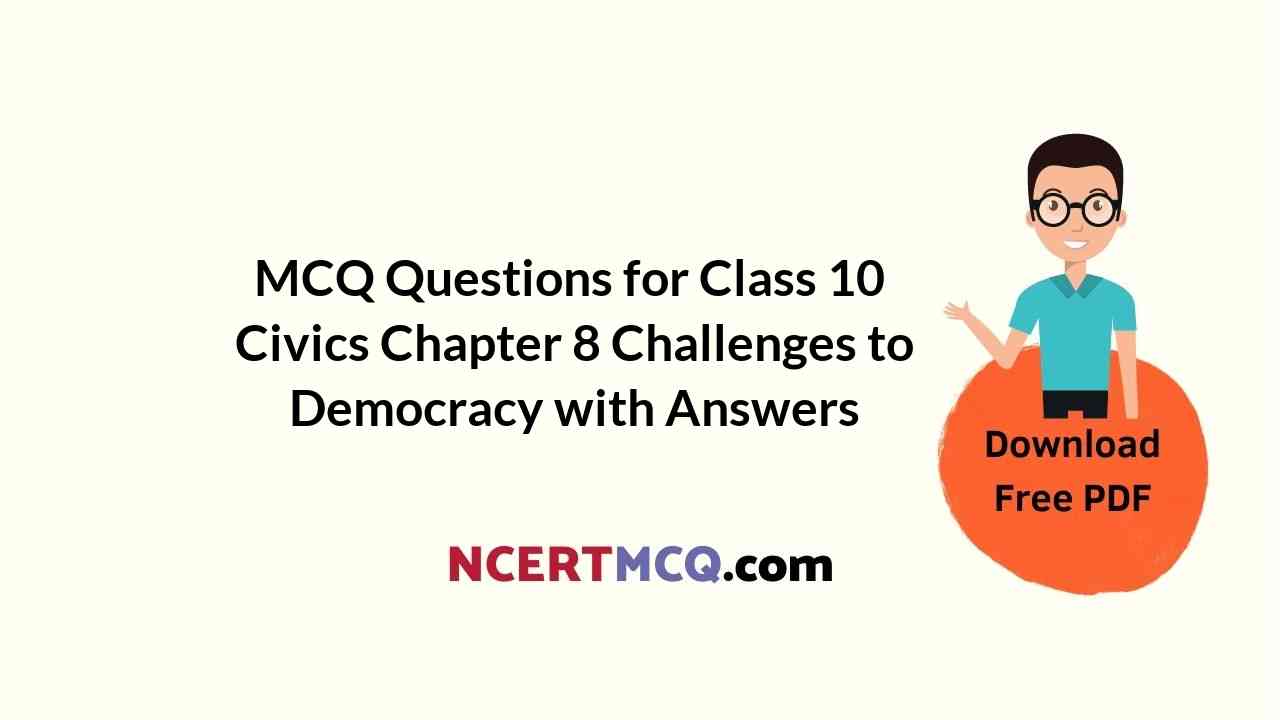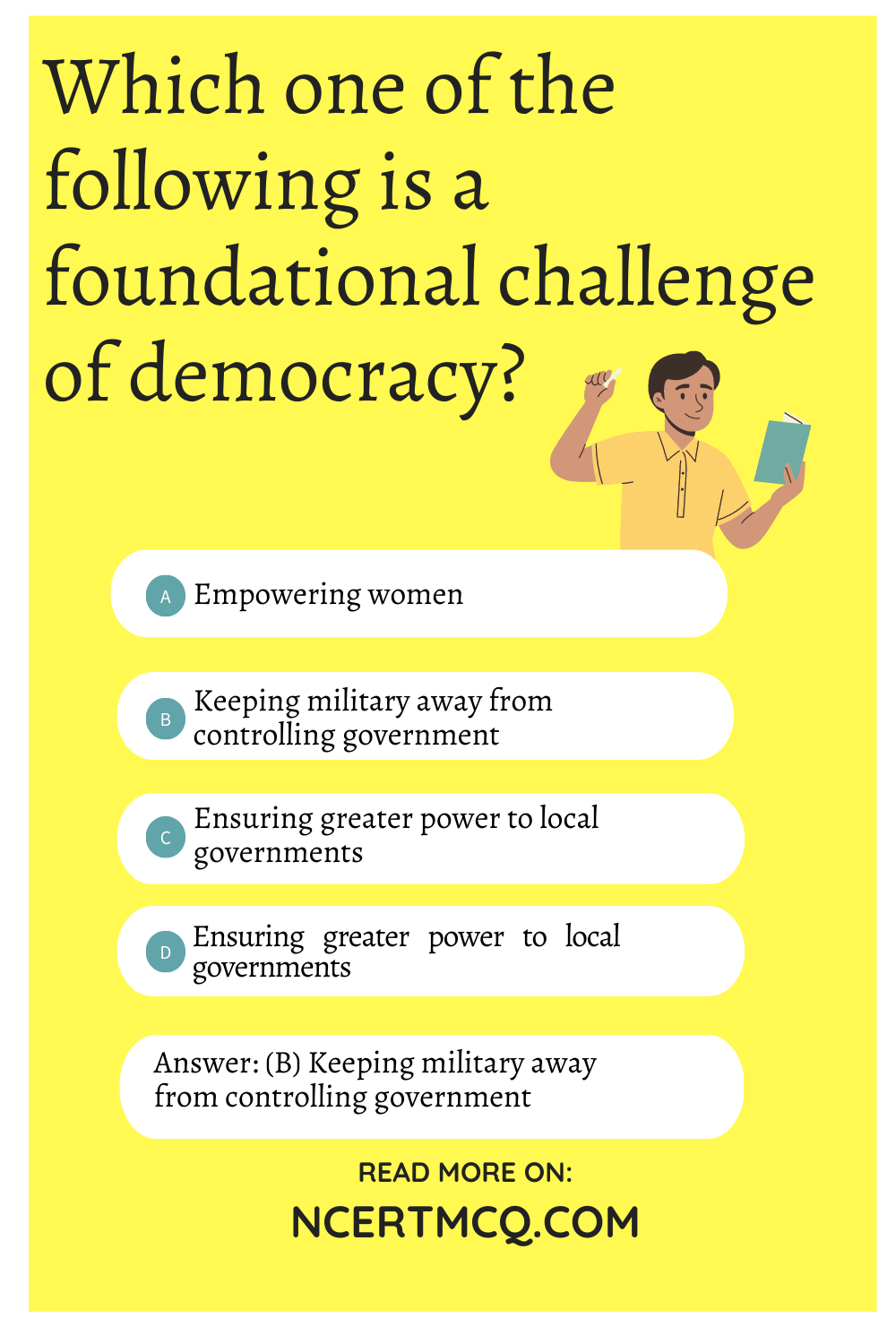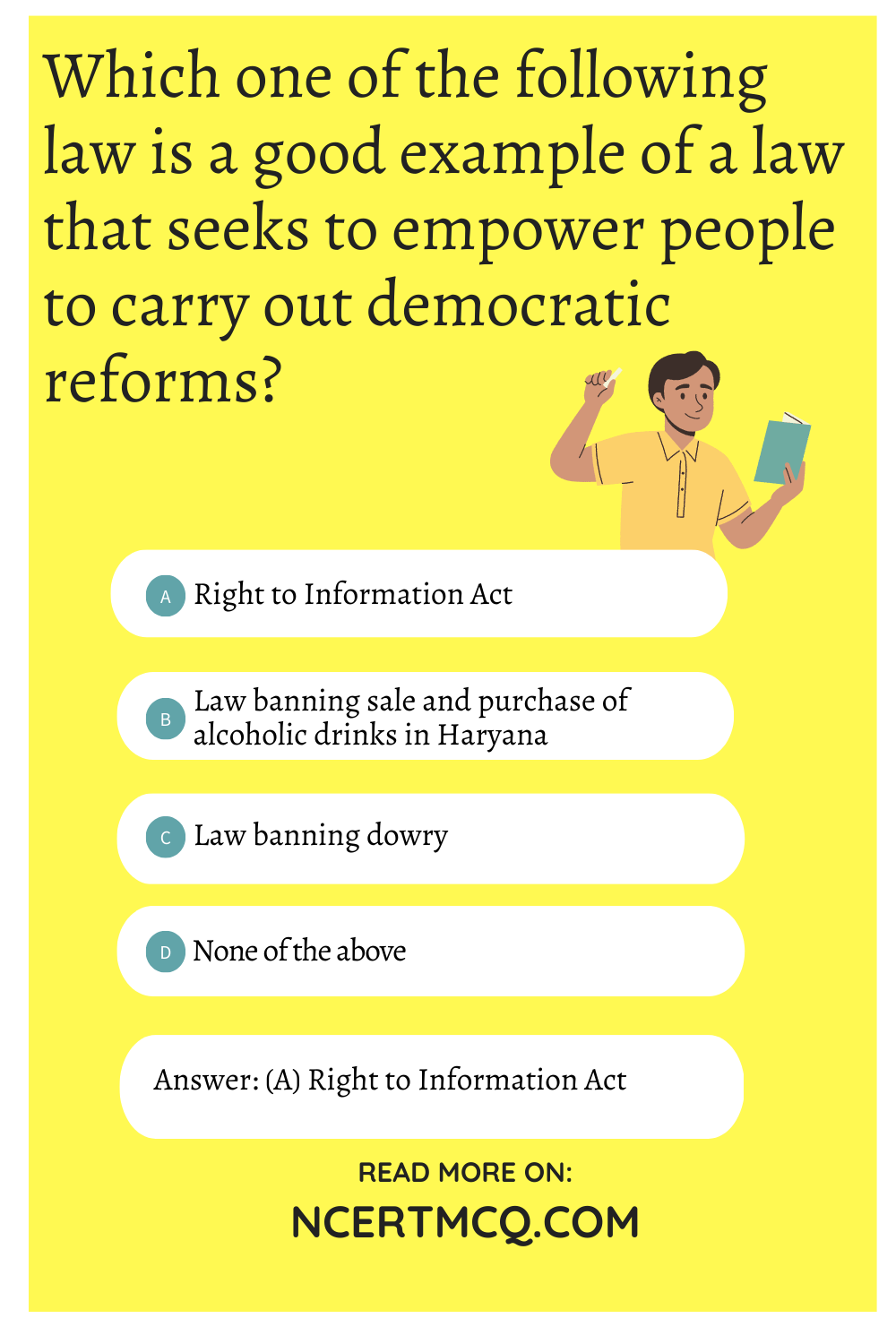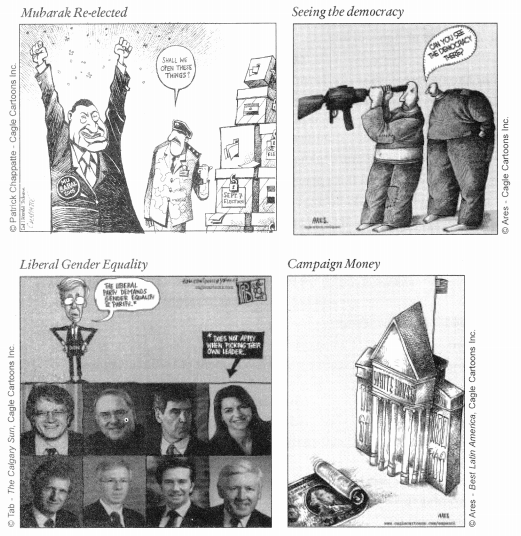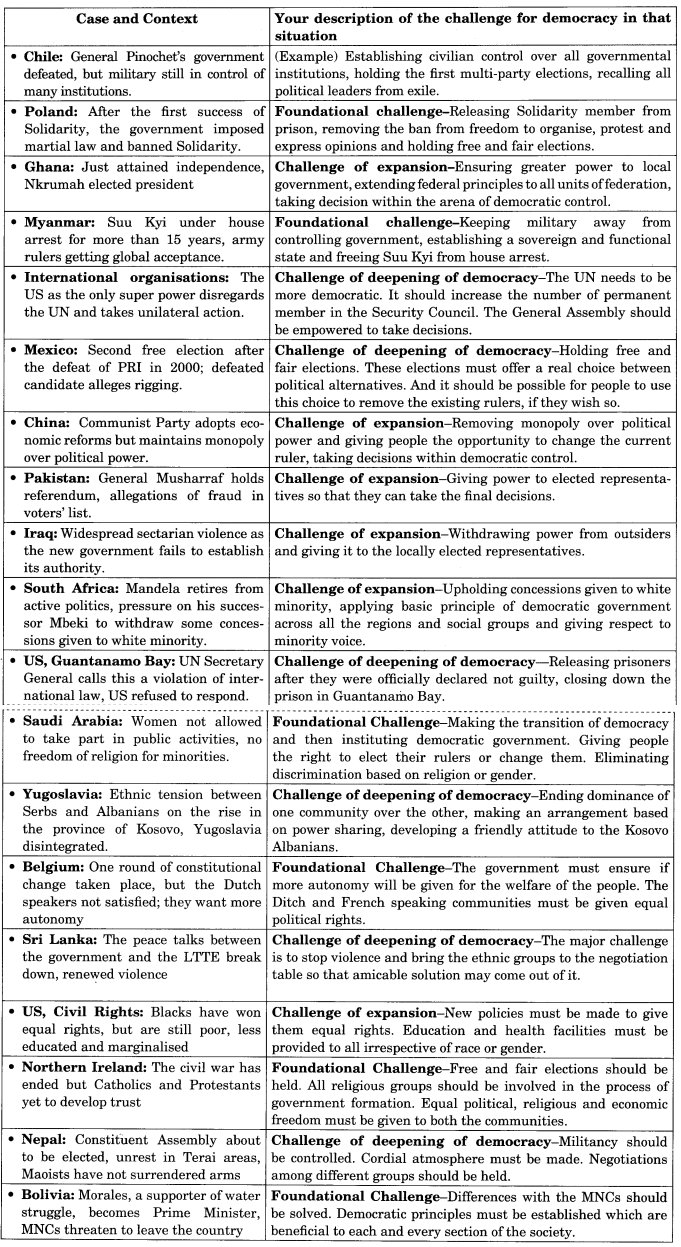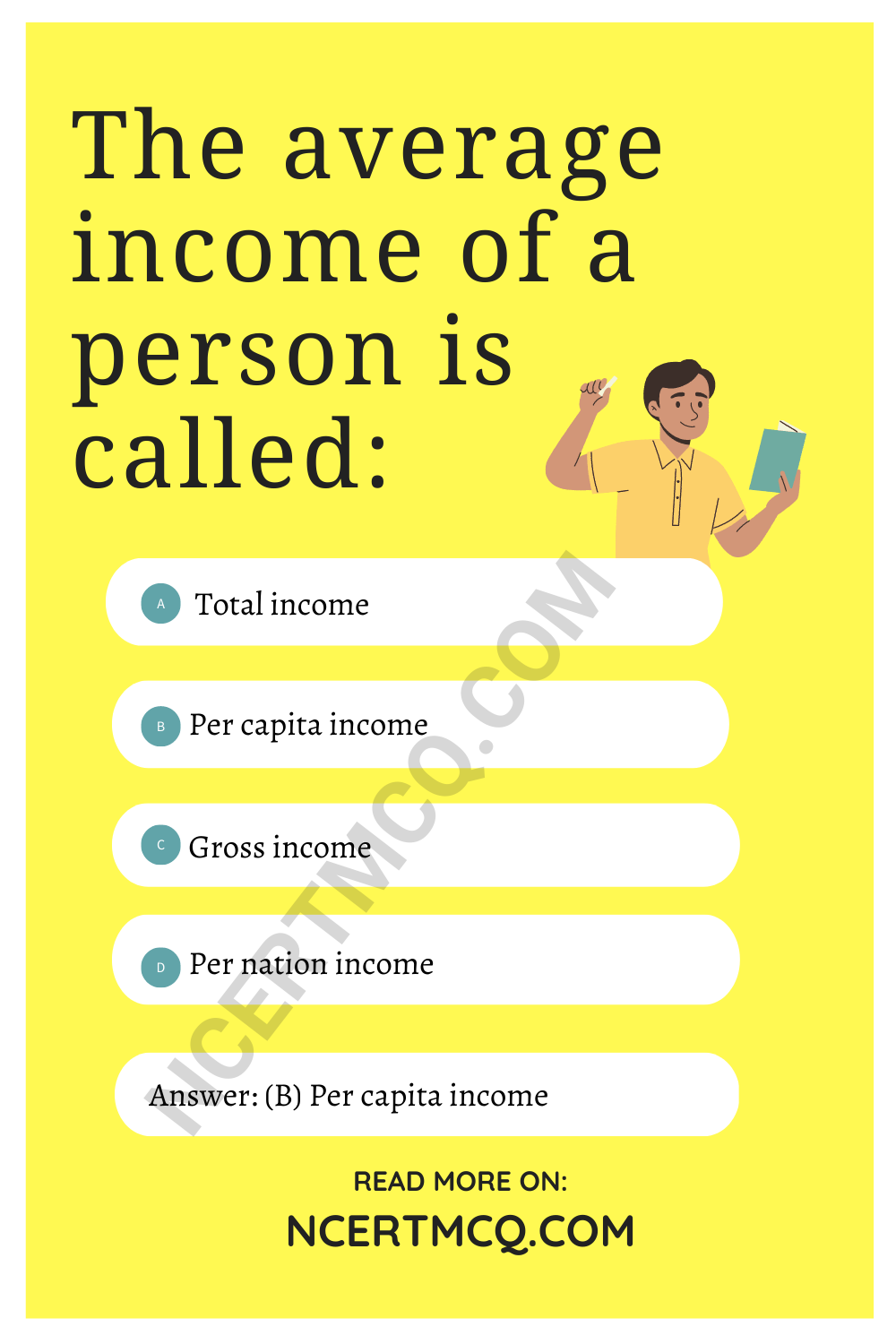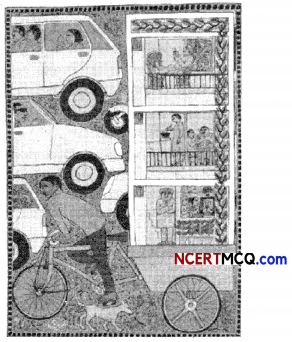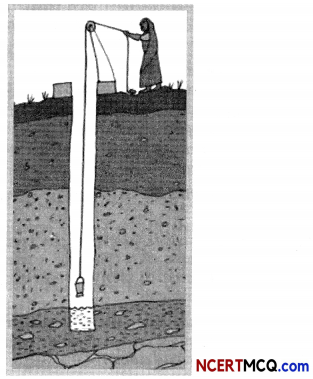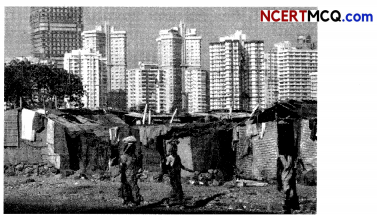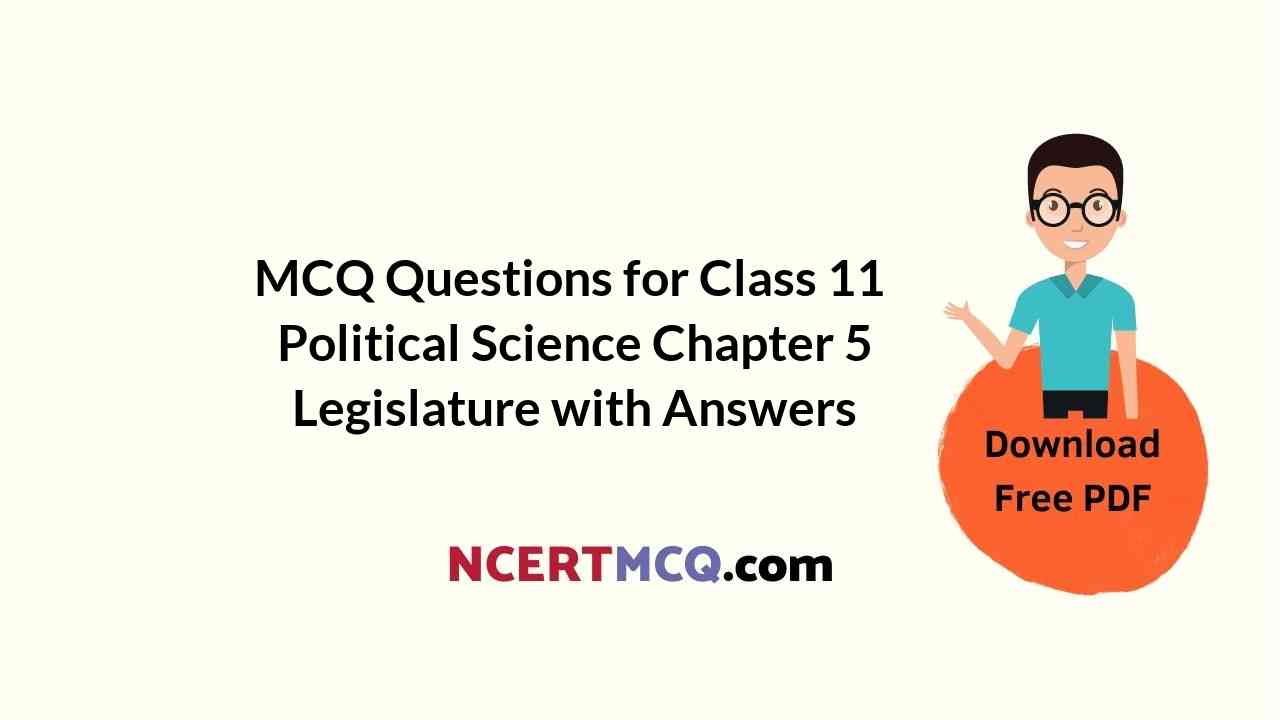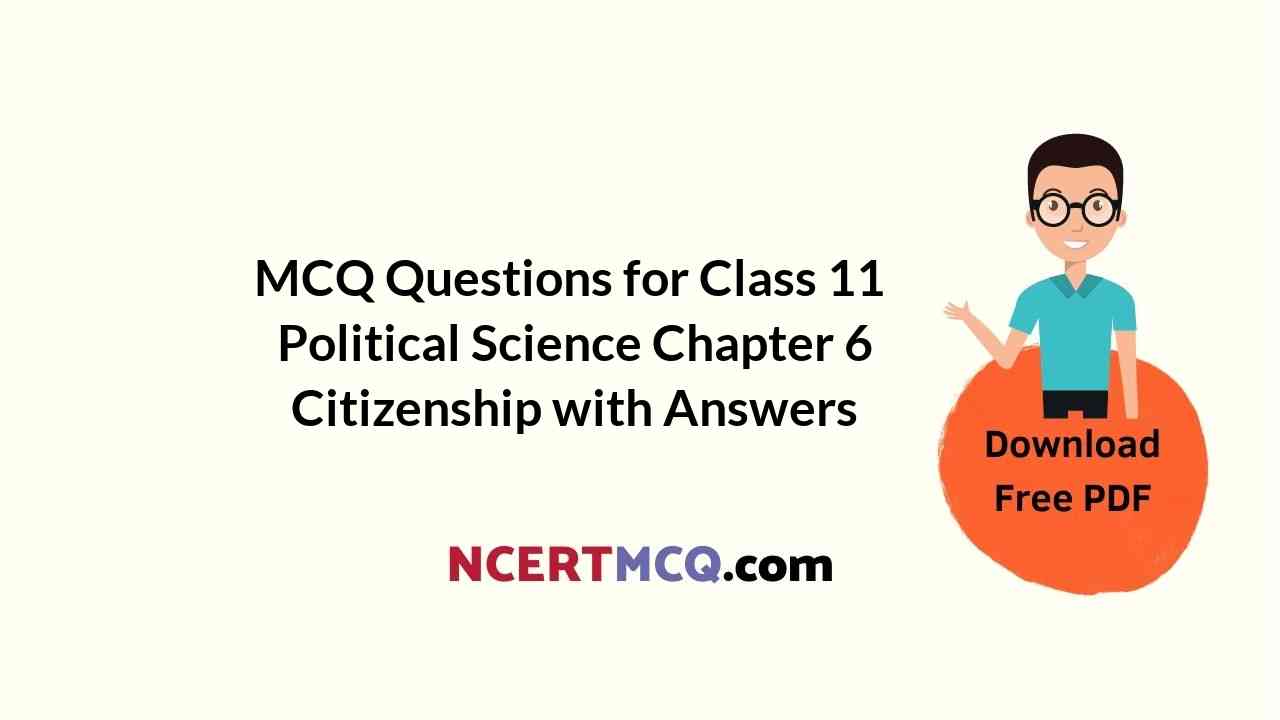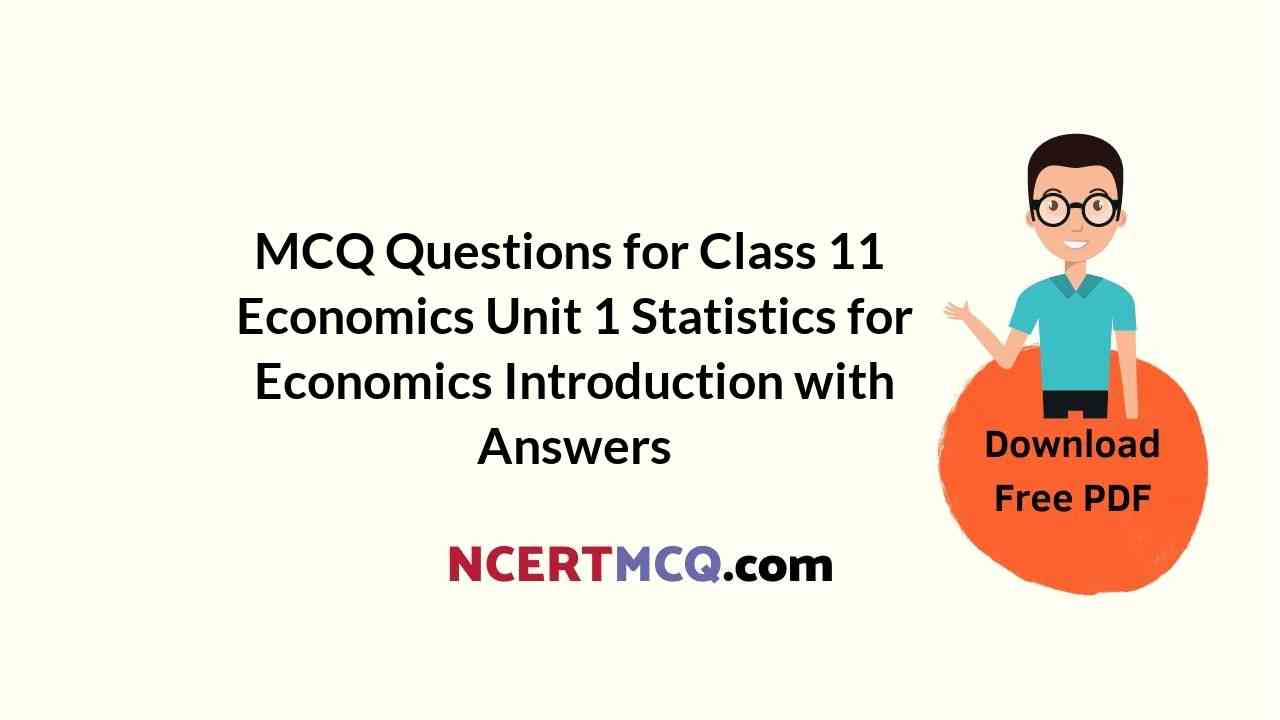Check the below NCERT MCQ Questions for Class 10 Geography Chapter 2 Forest and Wildlife Resources with Answers Pdf free download. MCQ Questions for Class 10 Social Science with Answers were prepared based on the latest exam pattern. We have Provided Forest and Wildlife Resources Class 10 Geography MCQs Questions with Answers to help students understand the concept very well. https://ncertmcq.com/mcq-questions-for-class-10-social-science-with-answers/
Class 10 Social Science Geography Chapter 2 MCQ With Answers
Geography Class 10 Chapter 2 MCQs On Forest and Wildlife Resources
Choose the correct option:
Forest And Wildlife Resources Class 10 MCQ Question 1.
Which one of the following is not considered a sacred tree in India
(a) Peepal
(b) Neem
(c) Banyan
(d) Mango
Answer
Answer: (b) Neem
Class 10 Geography Chapter 2 MCQ With Answers Question 2.
The Buxa Tiger Reserve in West Bengal has been threatened about the loss of habitat of many species due to
(a) Industrial development
(b) Agricultural expansion
(c) Port activities
(d) Mining
Answer
Answer: (d) Mining
Class 10 Geography Chapter 2 MCQ Question 3.
What was the aim of Chipko movement?
(a) Human rights
(b) Political rights
(c) Agricultural expansion
(d) Forest conservation
Answer
Answer: (d) Forest conservation
Geography Class 10 Chapter 2 MCQ Question 4.
The Mundas and Santhals of Chhota Nagpur region worship which one of the following trees?
(a) Mahua
(b) Mango
(c) Peepal
(d) Tamarind
Answer
Answer: (a) Mahua
Geography Chapter 2 Class 10 MCQ Question 5.
The species which are in danger of extinction are called:
(a) Vulnerable species
(b) Rare species
(c) Endangered species
(d) Normal species
Answer
Answer: (c) Endangered species
Ch 2 Geo Class 10 MCQ Question 6.
The Himalayan brown bear is an example of:
(a) Vulnerable species
(b) Rare species
(c) Endemic species
(d) Extinct species
Answer
Answer: (b) Rare species
MCQ Questions For Class 10 Geography Chapter 2 Question 7.
The Asian cheetah was declared extinct in India in the year:
(a) 1951
(b) 1952
(c) 2010
(d) 1975
Answer
Answer: (b) 1952
MCQ Of Chapter 2 Geography Class 10 Question 8.
The Himalayan yew is:
(a) an insect
(b) a medicinal plant
(c) a mammal
(d) a bird
Answer
Answer: (b) a medicinal plant
Geography Ch 2 Class 10 MCQ Question 9.
Teak monoculture has damaged the natural forests in:
(a) Ganga Plain
(b) South India
(c) Brahmaputra Plain
(d) None of the above
Answer
Answer: (b) South India
Class 10 Geo Ch 2 MCQ Question 10.
How many tiger reserves are there in India:
(a) 10
(b) 15
(c) 27
(d) 29
Answer
Answer: (c) 27
Ch 2 Geography Class 10 MCQ Question 11.
Which one of the following is not considered a sacred tree in India?
(a) Peepal
(b) Neem
(c) Banyan
(d) Mango
Answer
Answer: (b) Neem
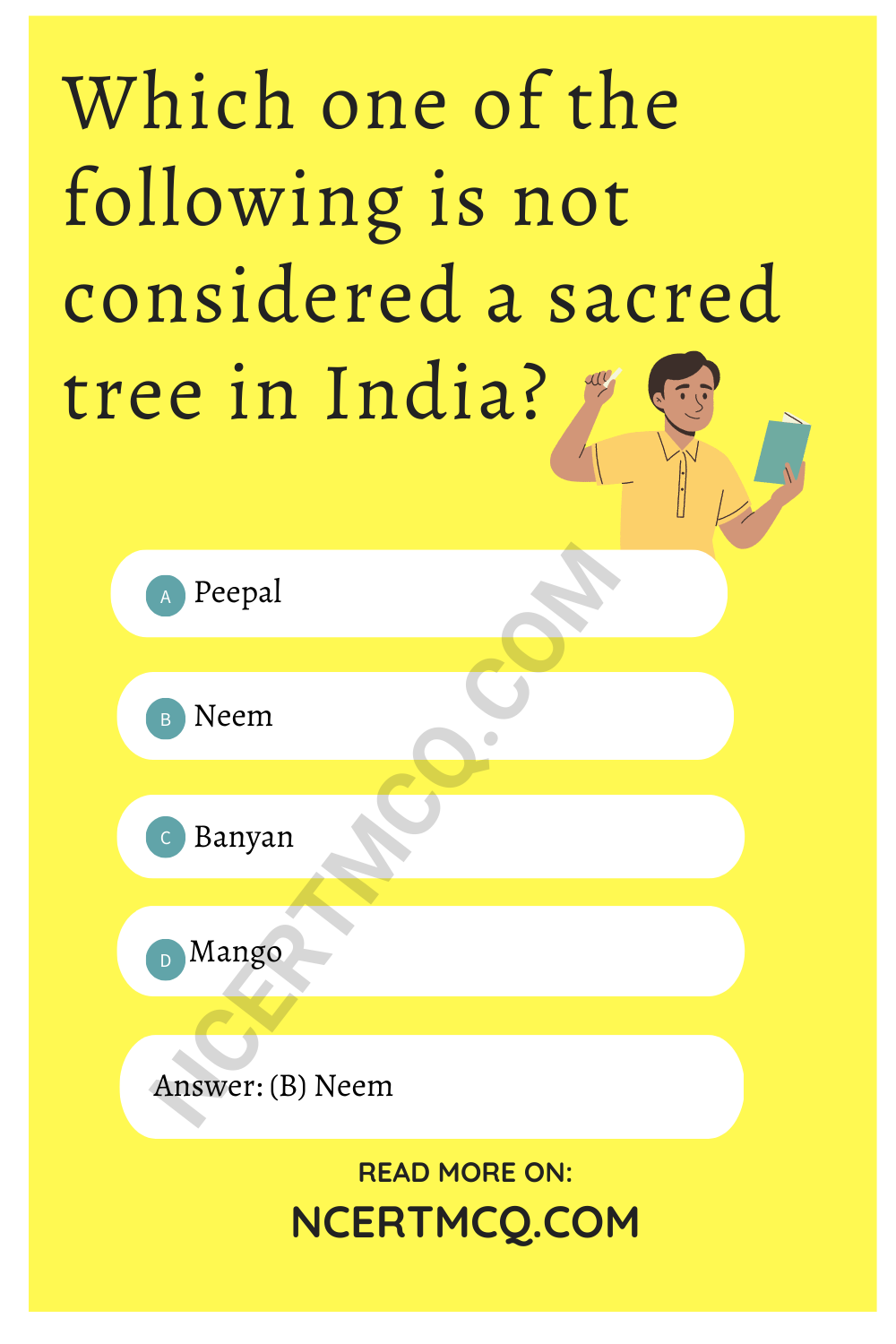
Class 10th Geography Chapter 2 MCQ Question 12.
India has nearly …………… percent of total number of species in the world
(a) 5
(b) 10
(c) 8
(d) 2
Answer
Answer: (c) 8
Cbse Class 10 Geography Chapter 2 MCQ Question 13.
When was Asiatic Cheetah declared extinct in India?
(a) in 1958
(b) in 1989
(c) in 1922
(d) in 1952
Answer
Answer: (d) in 1952
Chapter 2 Geography Class 10 MCQ Question 14.
The Buxa Tiger Reserve is situated in which of the following states?
(a) Madhya Pradesh
(b) West Bengal
(c) Gujarat
(d) Orissa
Answer
Answer: (b) West Bengal
Class 10 Geo Chapter 2 MCQ Question 15.
How many species of flora are found in India?
(a) 81000
(b) 47000
(c) 15000
(d) 41000
Answer
Answer: (b) 47000
Question 16.
Sariska wildlife sanctuary is located in which state?
(a) Rajasthan
(b) Uttar Pradesh
(c) Gujarat
(d) West Bengal
Answer
Answer: (a) Rajasthan
Question 17.
Which one of the following belongs to vulnerable species?
(a) Black buck
(b) Crocodile
(c) Indian rhino
(d) Blue sheep
Answer
Answer: (d) Blue sheep
Question 18.
Which of the following types of species are known as the extinct species?
(a) Species whose population levels are normal
(b) Whose population has declined
(c) Species with small population
(d) Species which are not found
Answer
Answer: (d) Species which are not found
Question 19.
Which one of the following states has the largest area under permanent forests?
(a) Bihar
(b) Kerala
(c) Madhya Pradesh
(d) Uttar Pradesh
Answer
Answer: (c) Madhya Pradesh
Question 20.
Which of the following is an extinct species?
(a) Blue sheep
(b) Asiatic cheetah
(c) Black buck
(d) Asiatic elephant
Answer
Answer: (b) Asiatic cheetah
Question 21.
Forests and wastelands belonging to both private individuals and government are known as:
(a) Sacred groves
(b) Reserved forest
(c) Protected forests
(d) Unclassed forests
Answer
Answer: (d) Unclassed forests
Question 22.
Which of the following species was included for the first time in list of protected species in 1991?
(a) Insects
(b) Fishes
(c) Plants
(d) Reptiles
Answer
Answer: (c) Plants
Question 23.
In which of the following states, a very high percentage of its forests is managed by local communities?
(a) Jammu and Kashmir
(b) Arunachal Pradesh
(c) Andhra Pradesh
(d) Himachal Pradesh
Answer
Answer: (b) Arunachal Pradesh
Question 24.
What is the Himalayan Yew?
(a) A type of deer
(b) A medicinal plant
(c) A species of bird
(d) A food crop grown in the Himalayas
Answer
Answer: (b) A medicinal plant
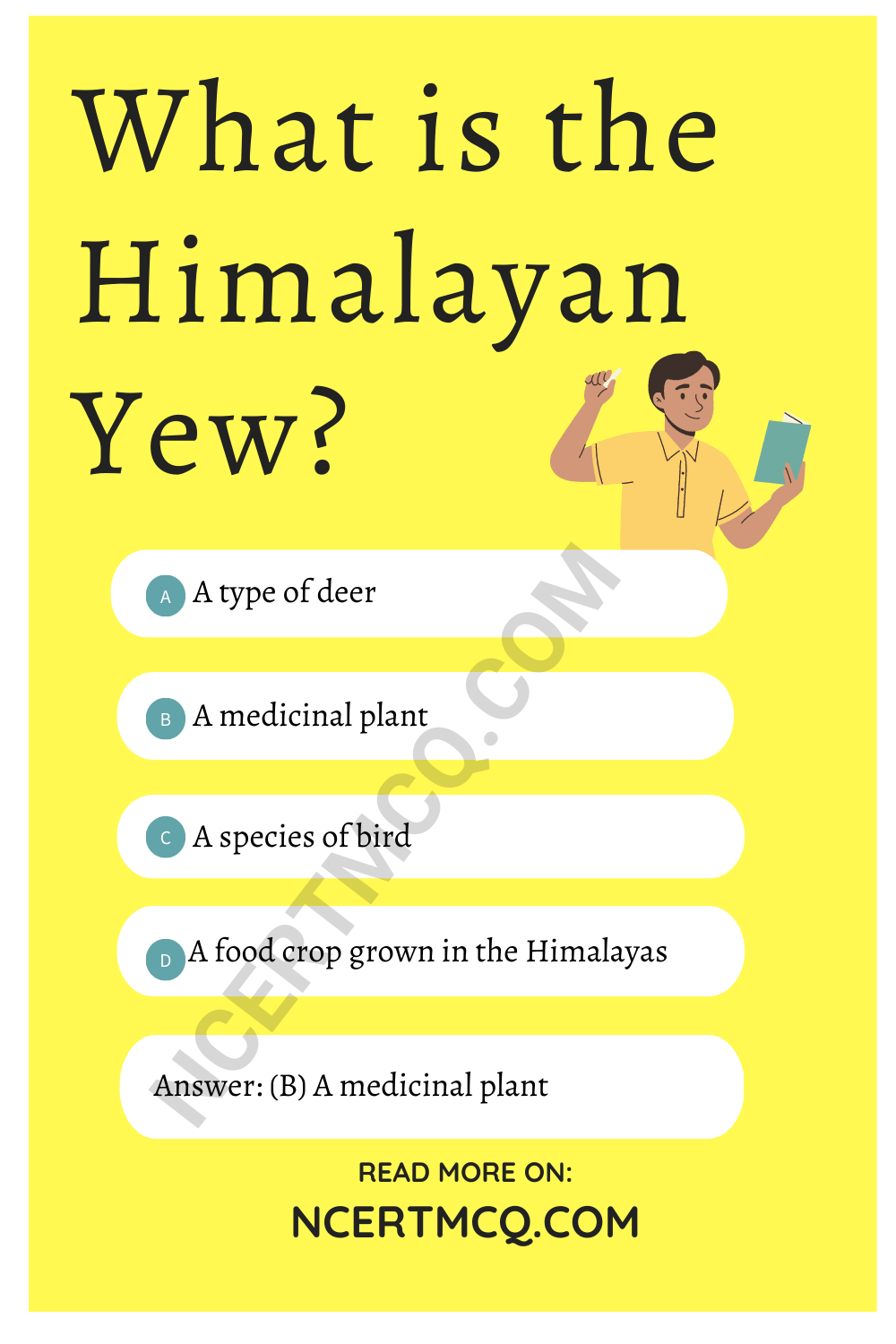
Question 25.
Cleaning of forests is still continuing in Madhya Pradesh mainly due to which of the following reasons?
(a) Dolomite mining
(b) Commercial plantations
(c) Industrialisaiton and urbanisation
(d) Narmada Sagar (River Valley) Project
Answer
Answer: (d) Narmada Sagar (River Valley) Project
We hope the given NCERT MCQ Questions for Class 10 Geography Chapter 2 Forest and Wildlife Resources with Answers Pdf free download will help you. If you have any queries regarding Forest and Wildlife Resources CBSE Class 10 Geography MCQs Multiple Choice Questions with Answers, drop a comment below and we will get back to you soon.
Class 10 Social Science Geography MCQ:
